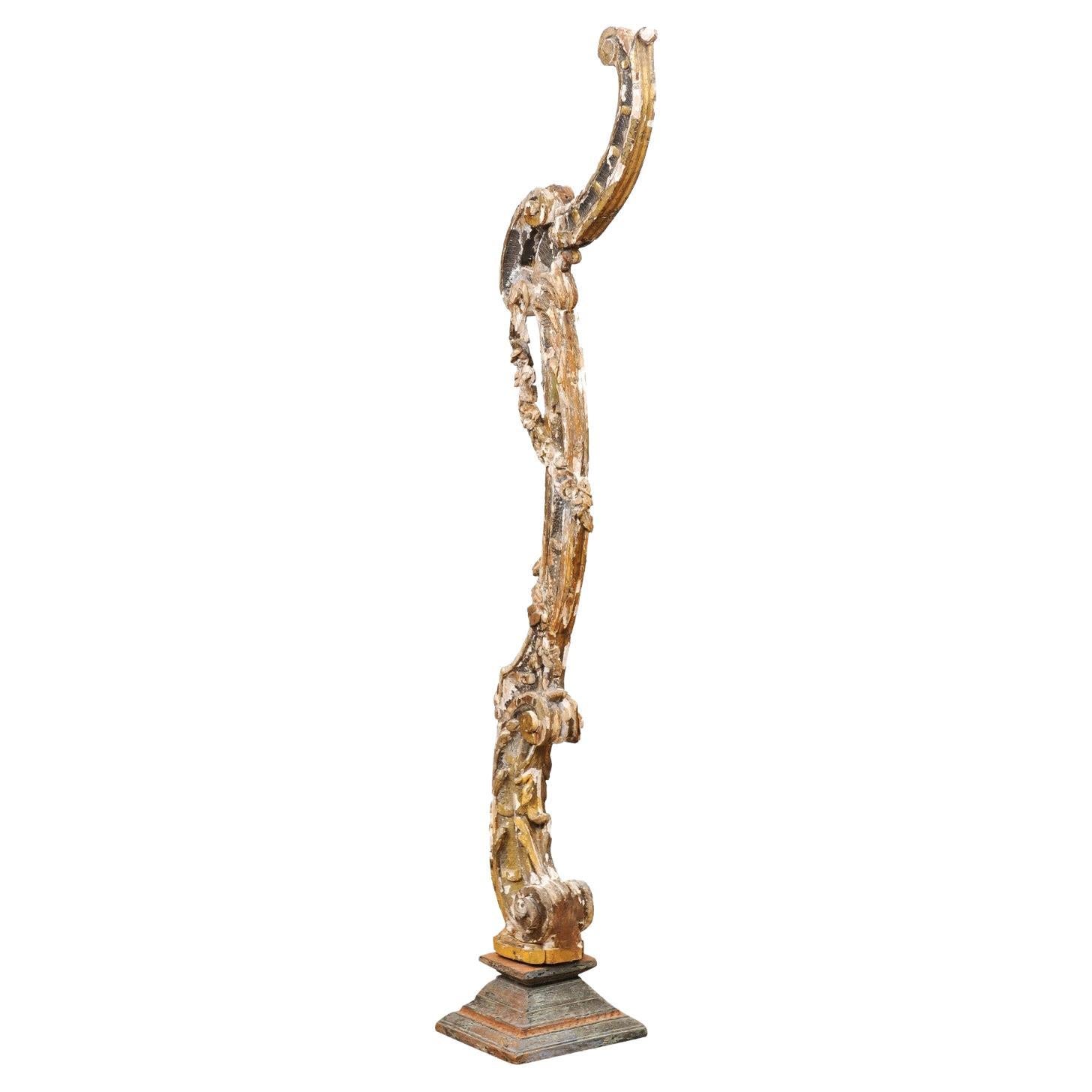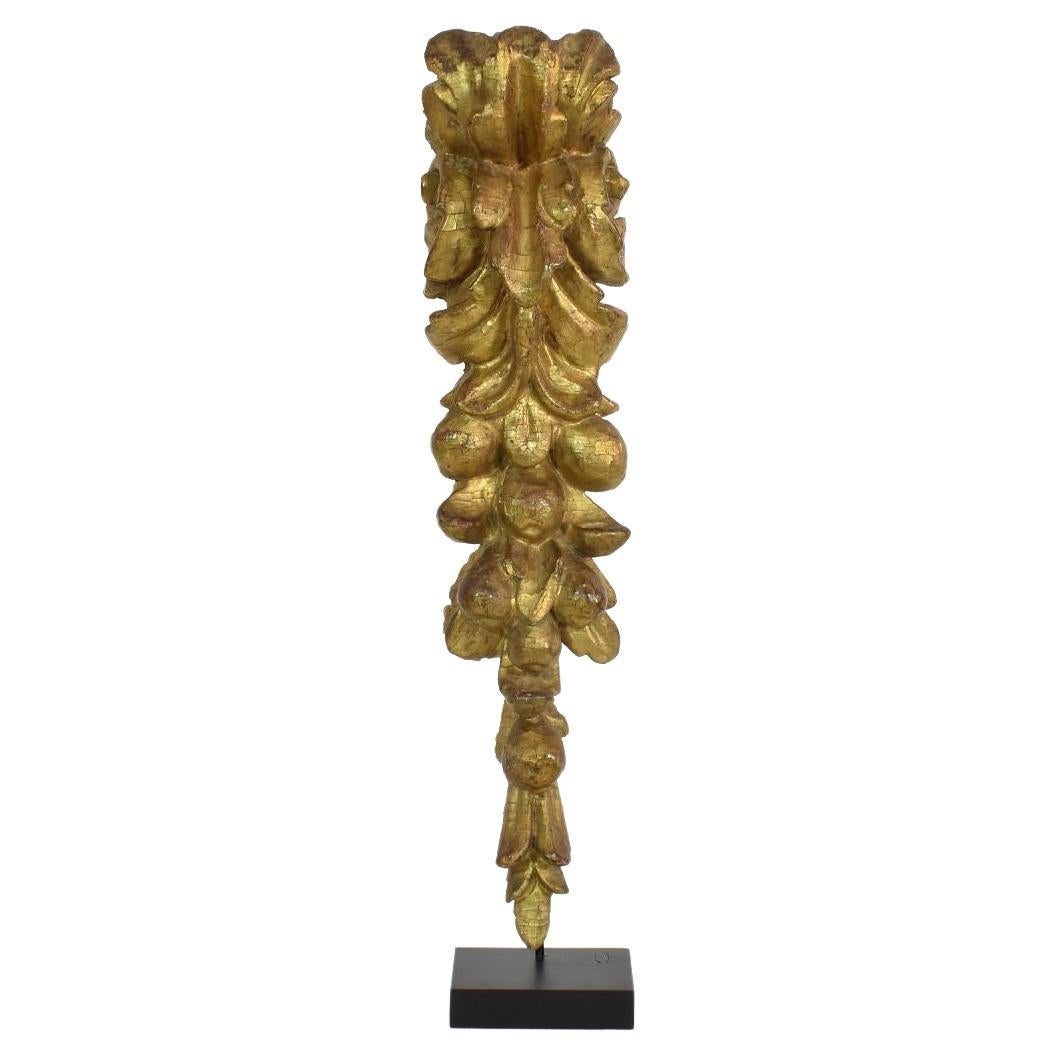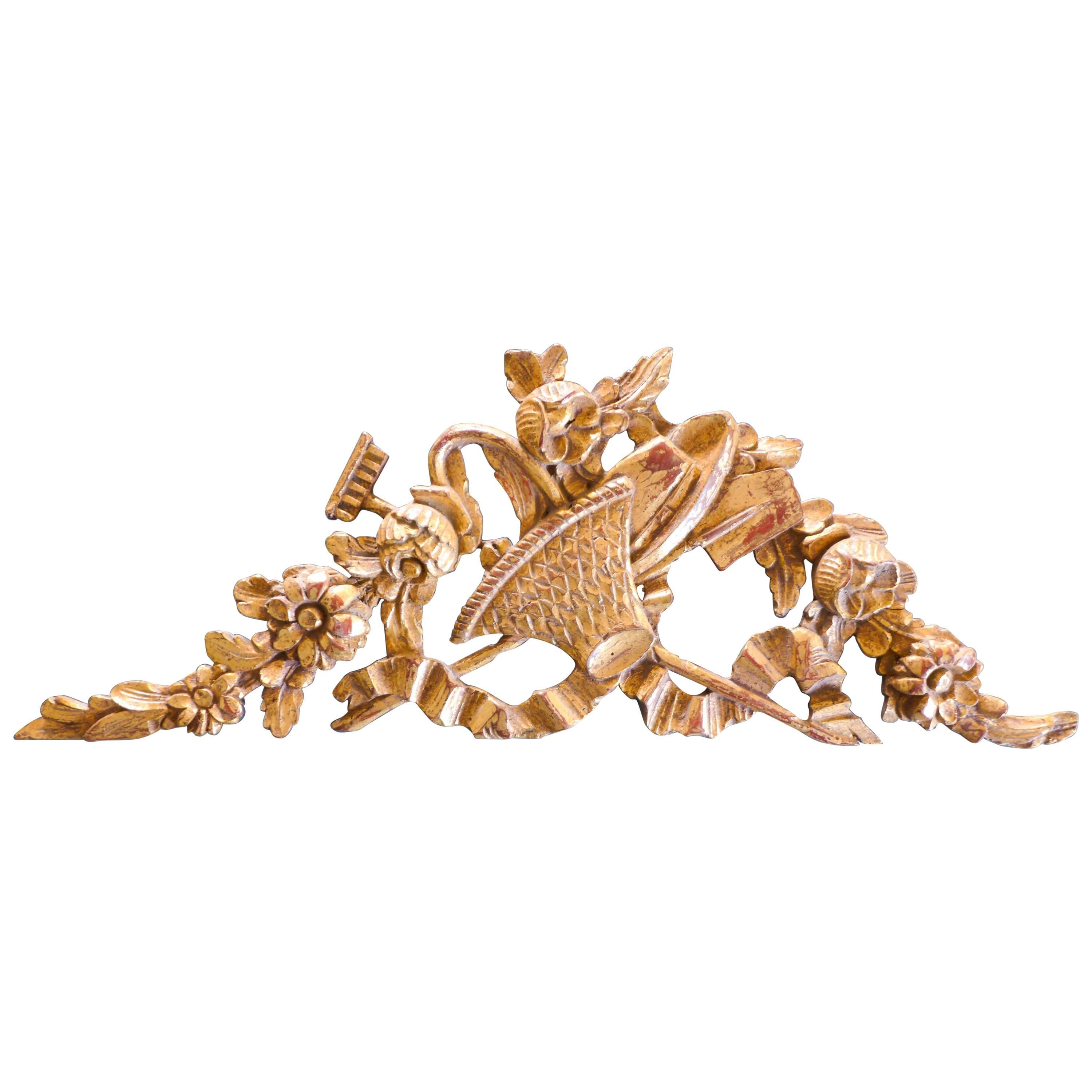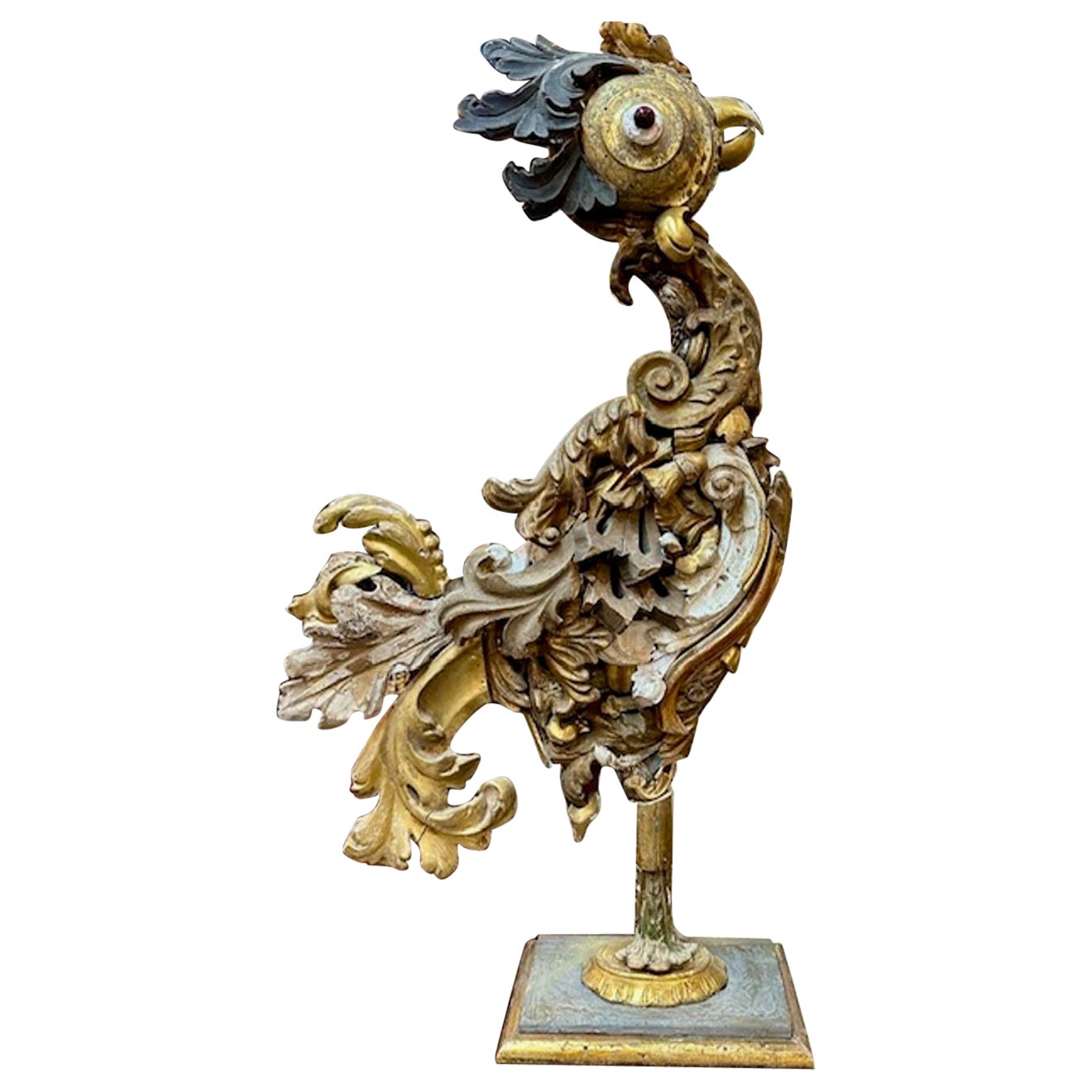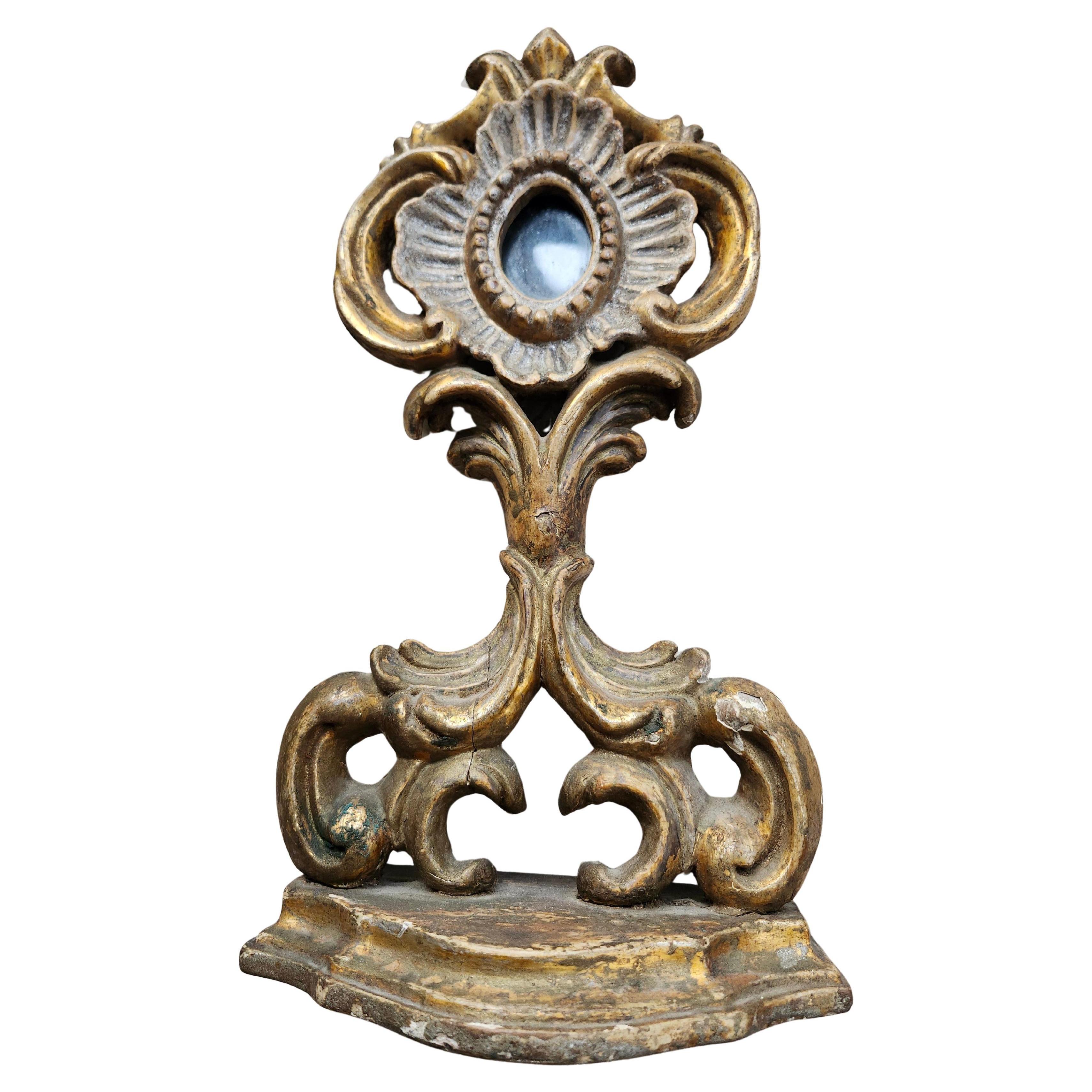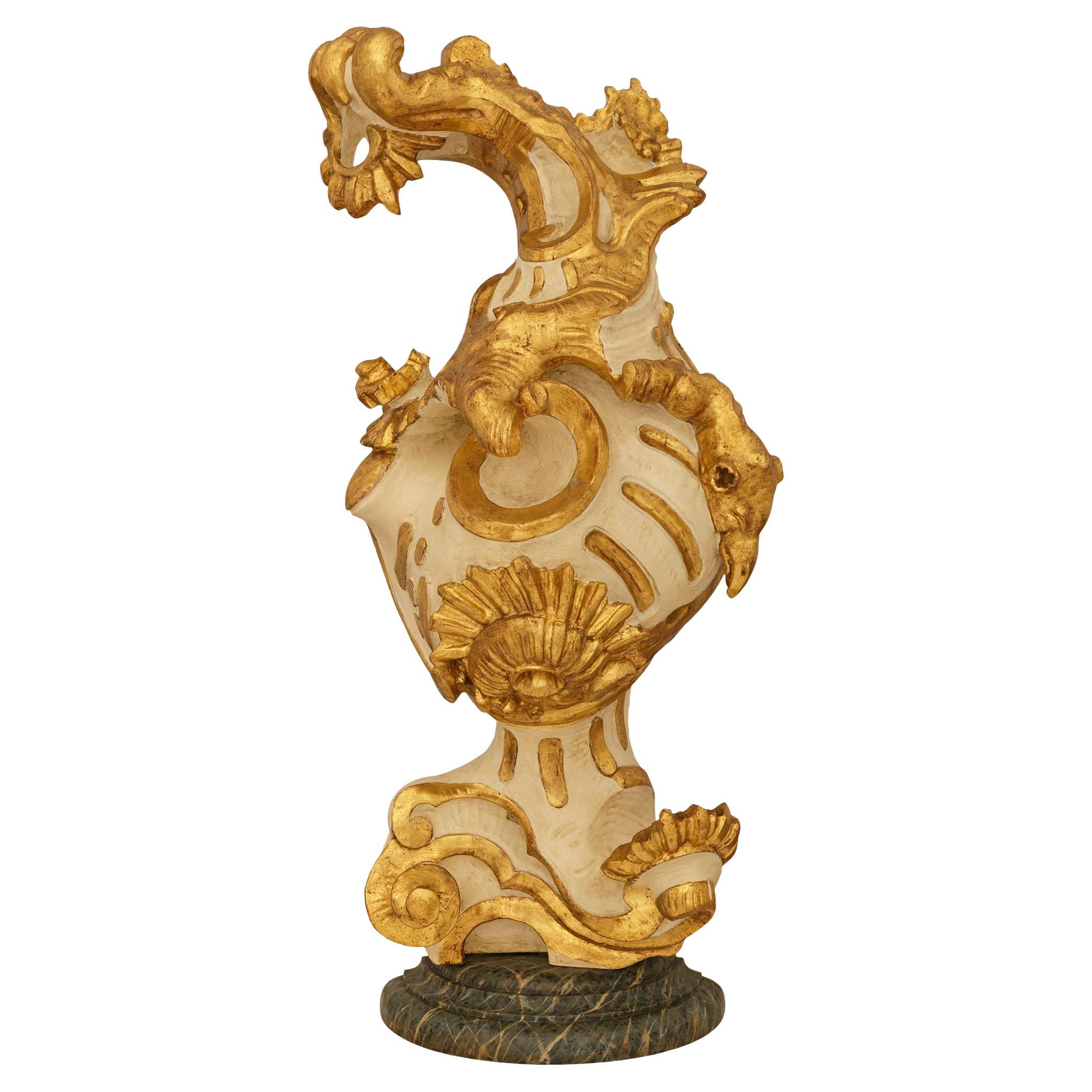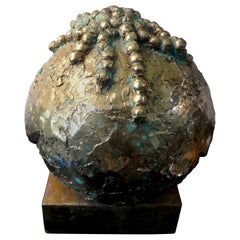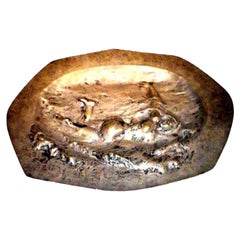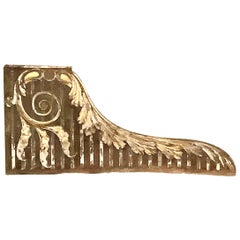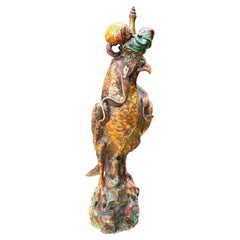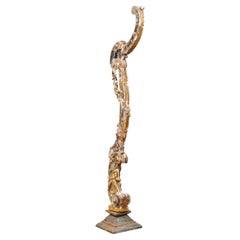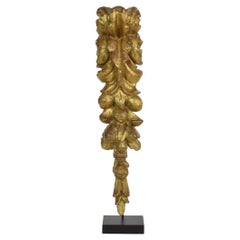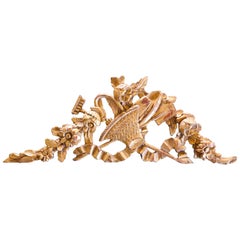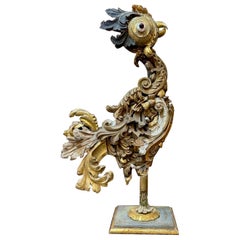Items Similar to 15th Century Italian Renaissance Giltwood Carving
Want more images or videos?
Request additional images or videos from the seller
1 of 14
15th Century Italian Renaissance Giltwood Carving
$6,850
£5,184.72
€5,970.12
CA$9,744.84
A$10,556.07
CHF 5,558.20
MX$128,128.90
NOK 69,317.75
SEK 65,538.30
DKK 44,568.67
About the Item
15th Century Italian Renaissance Giltwood Carving .
This magnificent 15th century Italian Renaissance gilt wood carving with a serpent is displayed on a revolving iron base. This mounted fragment hails from Tuscany. It can be turned to show all its beauty.
A one of a kind statement antique Renaissance sculpture!
- Dimensions:Height: 18 in (45.72 cm)Width: 16 in (40.64 cm)Depth: 10.5 in (26.67 cm)
- Style:Renaissance (Of the Period)
- Materials and Techniques:
- Place of Origin:
- Period:
- Date of Manufacture:15th Century
- Condition:Wear consistent with age and use. Very good antique condition given its age.
- Seller Location:Houston, TX
- Reference Number:Seller: KIRBY ANTIQUES-SCULPTURE-LU8694391056221stDibs: LU869439105622
About the Seller
5.0
Vetted Professional Seller
Every seller passes strict standards for authenticity and reliability
Established in 1990
1stDibs seller since 2009
676 sales on 1stDibs
Typical response time: <1 hour
- ShippingRetrieving quote...Shipping from: Houston, TX
- Return Policy
Authenticity Guarantee
In the unlikely event there’s an issue with an item’s authenticity, contact us within 1 year for a full refund. DetailsMoney-Back Guarantee
If your item is not as described, is damaged in transit, or does not arrive, contact us within 7 days for a full refund. Details24-Hour Cancellation
You have a 24-hour grace period in which to reconsider your purchase, with no questions asked.Vetted Professional Sellers
Our world-class sellers must adhere to strict standards for service and quality, maintaining the integrity of our listings.Price-Match Guarantee
If you find that a seller listed the same item for a lower price elsewhere, we’ll match it.Trusted Global Delivery
Our best-in-class carrier network provides specialized shipping options worldwide, including custom delivery.More From This Seller
View AllMidcentury Abstract Bronze Sculpture
Located in Houston, TX
Midcentury abstract bronze sculpture.
Stunning midcentury abstract bronze sculpture. This well cast abstract bronze has great patina and is perfect for a cocktail table, console tab...
Category
20th Century Mid-Century Modern Abstract Sculptures
Materials
Bronze
Antique French Art Nouveau Silvered Bronze Sculpture or Charger
Located in Houston, TX
Antique French Art Nouveau silvered bronze sculpture or charger.
A beautiful well detailed large period French Art Nouveau silvered bronze tra...
Category
Antique Early 1900s French Art Nouveau Figurative Sculptures
Materials
Bronze
18th Century Italian Painted and Parcel Gilt Corbel or Architectural Element
Located in Houston, TX
18th century Italian painted and parcel gilt corbel or architectural element.
Stunning 18th century corbel or architectural element with original gilding a...
Category
Antique 18th Century Italian Baroque Architectural Elements
Materials
Wood
$1,250 Sale Price
48% Off
French Glazed Terracotta Falcon Sculpture
Located in Houston, TX
French Glazed Terracotta Falcon Sculpture.
Our beautifully executed French Art Nouveau glazed terra cotta falcon is a realistic interpretation...
Category
Vintage 1920s French Art Nouveau Animal Sculptures
Materials
Ceramic
19th Century Italian Giltwood Lamp
Located in Houston, TX
19th century Italian giltwood lamp.
Stunning tall 19th century Italian gilt wood candlestick or pricket that was converted into a table lamp. Thi...
Category
Antique Mid-19th Century Italian Baroque Table Lamps
Materials
Giltwood
Mid Century Mixed Metal Sculpture
Located in Houston, TX
Mid Century Mixed Metal Sculpture.
Offered is an interesting mid century abstract steel and brass table sculpture mounted on a wood base.
This sculpture is unsigned but clearly the w...
Category
Vintage 1970s Unknown Mid-Century Modern Abstract Sculptures
Materials
Brass, Steel
You May Also Like
Large Architectural Giltwood Element, 19th Century Continental
Located in Atlanta, GA
Large Architectural Giltwood Element, 19th Century Continental , on custom Floor Stand
Category
Antique 19th Century Mounted Objects
Materials
Giltwood
Italian 17th/ 18th Century Giltwood Baroque Ornament
Located in Buisson, FR
Beautiful carved giltwood baroque ornament.
Italy, 17/18th century. Weathered and small losses.
Measurement includes the wooden base.
Category
Antique 18th Century Italian Baroque Figurative Sculptures
Materials
Wood
$543 Sale Price
53% Off
18th Century, French Giltwood Decorative Element
Located in Sofia, BG
18th century handmade giltwood decorative element representing a basket surrounded by flowering branches.
France, circa 1790.
Category
Antique Late 18th Century French Figurative Sculptures
Materials
Giltwood
Italian Giltwood Fragment Sculpture
Located in Dallas, TX
18-19th century Italian carved and giltwood fragment sculpture of rooster. Circa 1800. Adds warmth and charm to any room!
Category
Antique Early 1800s Abstract Sculptures
Materials
Giltwood
18th Century Italian Hand Carved Baroque Giltwood Reliquary
Located in Port Jervis, NY
18th century reliquary from northern Italy. Giltwood, polychromed and looks to be hand carved from one piece of wood. Mortised thru the base.
A reliquary was used to house a religio...
Category
Antique 1750s Italian Baroque Abstract Sculptures
Materials
Glass, Giltwood
Italian 18th century Baroque Period Wood and Giltwood architectural element
Located in West Palm Beach, FL
An impressive and most attractive Italian early 18th century Baroque Period patinated Wood and Giltwood Conch Shell architectural element. This most decorative carved Giltwood Conch ...
Category
Antique 19th Century Italian Baroque Architectural Elements
Materials
Wood, Giltwood
More Ways To Browse
15th Century Italian
Italian Wood Carving
Italian Renaissance 15th Century
Antique Italian Wood Carvings
Wood Hat Block
Wooden Cog
Antique Glass Film
Antique Swiss Cow Bells
Curtis Jere Sail Boat
Jere Sail Boats
Pulley Wheel
Quartz Fossil
Shell Necklace On Stand
Wooden Sculpture Of Couple
African Dogon Ladder
Ancient Greece Helmets
Ancient Greek Helmet
Angel Wing Calcite
